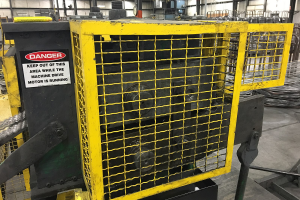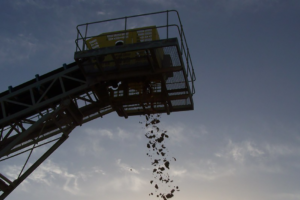Employers likely to face expense to meet OSHA requirements for controlling noise
Employers in construction and general industry are likely to have a whole new category of expenses – and potential OSHA citations — to worry about if the agency’s “proposed interpretation” on noise regulations goes into effect.
Since 1983, OSHA in most cases has not cited employers who used personal protective equipment and a hearing conservation program to address noise rather than engineering and administrative controls. The exceptions were for noise so loud that it borders on 100 dBA when the most effective hearing protection is used or in cases where the controls cost less than an effective hearing conservation program. In practice, controls are almost always more expensive, so citations for failure to use them have been rare. However, that could change
That’s because OSHA now proposes to interpret 29 CFR 1910.95(b)(1) and 1926.52(b) as written.
These sections of the two noise standards are almost identical. They say, “When employees are subjected to sound exceeding those listed [in tables within the standard], feasible administrative or engineering controls shall be utilized. If such controls fail to reduce sound levels within the levels of the tables, personal protective equipment . . . shall be provided and used to reduce sound levels within the levels of the table.”
The agency said administrative or engineering controls would be considered economically feasible “if they will not threaten the employer’s ability to remain in business or if the threat to viability results from the employer’s having failed to keep up with industry safety and health standards.”
I started my career in 1970 as a process engineer in General Motors. One of my duties was assisting other engineers in eliminating and reducing noise with feasible controls on new machinery and equipment. Anyone who has ever had a similar job knows the challenge of reducing sound levels.
The challenge is compounded many times when trying to use engineering controls on existing equipment. Typically, enclosures are the last resort. However, employees must often go inside the enclosure for maintenance or tool change work and ventilation of air contaminants is often necessary. So when employers are calculating the cost of compliance, they need to be careful to include the cost of floor space, operational impacts and maintenance of the engineered control, among other things. These can all impact the assessment of whether the changes truly will affect the employer’s ability to remain in business.
If you haven’t reviewed this latest OSHA development, I encourage you to do so. For those who wish to comment, you may do so at www.regulations.gov, Docket No. OSHA-2010-0032) by December 20.


